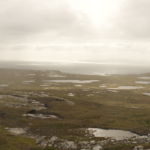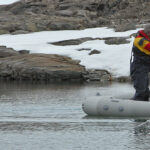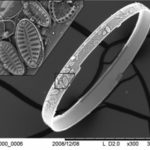Patterns and mechanisms of late glacial and Holocene climate change

We aim to detect patterns and mechanisms of late glacial and Holocene climate change and to place recent human impacts on the Earth’s climate system in the context of long term natural variability. We study climate signals in marine and terrestrial sediments using a range of sedimentological, biological, and geochemical proxies.
Our current research efforts include:
Late Quaternary changes in the Westerly Winds over the Southern Ocean
Micro-XRF Core Scanning applications to Holocene palaeolimnology in Antarctic and Sub-Antarctic Lakes
Response of UCDW upwelling along West Antarctic Peninsula to changes in the Southern Hemisphere Westerly winds
Assessing the utility of novel ice core proxies for atmospheric circulation on the Antarctic Peninsula
Holocene palaeoenvironmental change in Chilean Patagonia and the Antarctic Peninsula
Regional Glycerol Dialkyl Glycerol Tetraether (GDGT) Temperature Calibration and applications in Antarctic and Sub-Antarctic Lakes
Compilation of marine diatom records from the West and East Antarctic Peninsula
Late Holocene high-resolution record from Firth of Tay
Evaluation of Holocene marine records from South Georgia
Ocean records of outburst floods during Patagonian deglaciation
We aim to detect when human impacts exceed the natural ranges of variability in the Earth system by studying climate signals in marine and terrestrial sediments.


